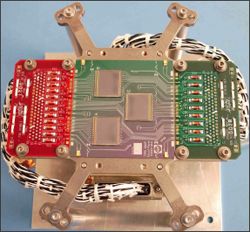Missions & Projects
Featured
Alphabetical
By Last Name:
Displaying records 1 to 9 of 9.
Show:
Heterodyne Instrument for Planetary Wind And Composition (HIPWAC)
Goddard's Heterodyne Instrument for Planetary Wind And Composition (HIPWAC) is used at ground-based facilities, often at the NASA Infrared Telescope Facility and the National Astronomical Observatory of Japan Subaru Telescope on the summit of Mauna Kea, Hawaii. With HIPWAC, scientists probe planetary atmospheres for chemical and dynamical information at exceptionally high spectral resolution. HIPWAC has made valuable observations of a variety of solar system bodies, including Mars, Jupiter, Saturn, Titan, Neptune, and Venus.
Juno
The Juno spacecraft successfully entered the orbit of Jupiter on July 4, 2016. Its suite of instruments allow it, for the first time, to peer below the dense cover of clouds to answer questions about the gas giant and the origins of our solar system. Juno's primary goal is to reveal the story of Jupiter's formation and evolution. Using long-proven technologies on a spinning spacecraft placed in an elliptical polar orbit, Juno observes Jupiter's gravity and magnetic fields, atmospheric dynamics and composition, and evolution.
Key Staff
- Co Investigator: Katherine Garcia-Sage
- Co Investigator: John Connerney
- Co Investigator: Gordon Bjoraker
- Co Investigator: Weijia Kuang
Instruments
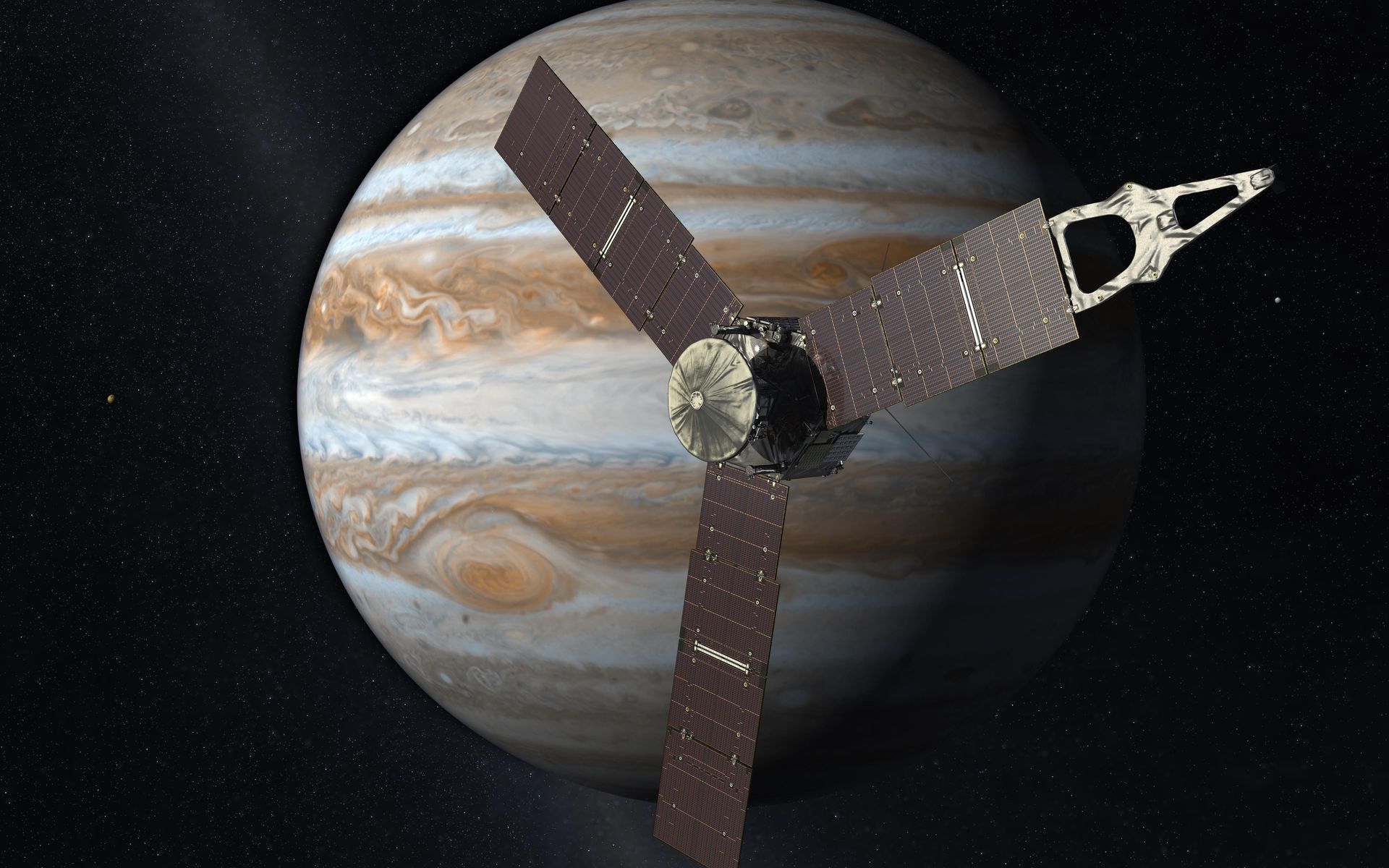
Lucy
Lucy will perform the first reconnaissance of the Jupiter Trojan asteroids, a large population of objects whose dark surfaces may be rich in organic materials. Trojans, which may have originated in the Kuiper belt, could hold vital clues to deciphering the history of the solar system. Lucy was launched in 2021. During its 12-year primary mission, Lucy will explore a record-breaking number of asteroids, flying by one main belt asteroid, and seven Trojans. No other space mission in history has been launched to as many different destinations in independent orbits around our Sun.
Key Staff
- Principal Investigator:
- Project Scientist: Keith Noll
- Instrument Principal Investigator: Dennis Reuter
Instruments
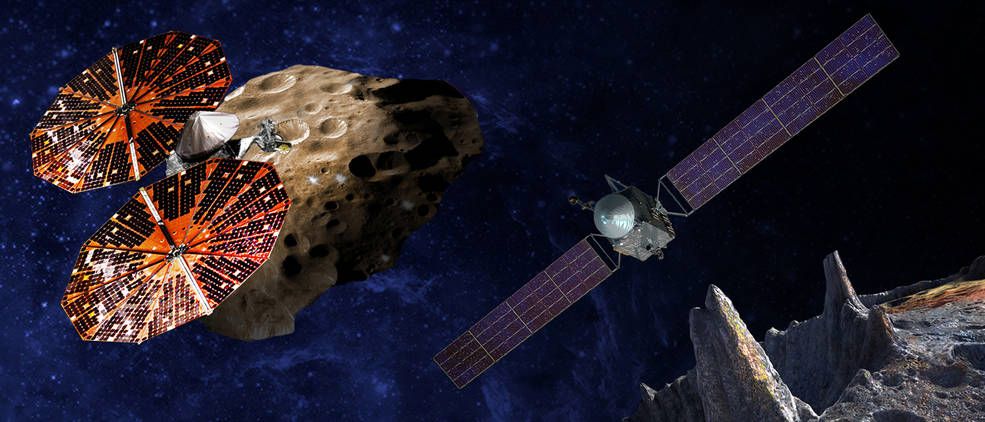
New Horizons - Ralph/Linear Etalon Imaging Spectral Array (LEISA)
Drs. Donald Jennings and Dennis Reuter, of Goddard's Planetary Systems Laboratory, serve as Principal Investigators with New Horizon's Linear Etalon Imaging Spectral Array (LEISA) instrument.
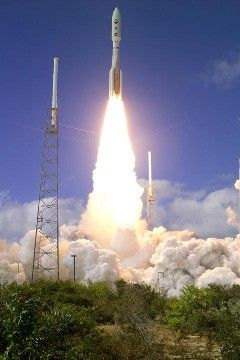
OSIRIS-APophis EXplorer (OSIRIS-APEX)
OSIRIS-APophis EXplorer (APEX) is the extended mission for OSIRIS-REx, sending the spacecraft to a new destination after the sample collected from asteroid Bennu was returned to Earth in September 2023. APEX will rendezvous with near-Earth asteroid Apophis just after it makes a close approach to Earth in 2029. Following the observation strategy performed at Bennu, APEX will use the same instrument suite to perform comprehensive observations of this potentially hazardous object. Although it cannot return a sample, the mission will also use the spacecraft thrusters to excavate the surface for further analysis. OSIRIS-APEX is led by PI Daniella DellaGiustina of the University of Arizona and managed by GSFC.
Key Staff
- Co Investigator: Amy Simon
- Co Investigator: Hannah Kaplan
- Co Investigator: Dennis Reuter
- Co Investigator: Lynnae Quick
- Project Scientist: Amy Simon
- Deputy Project Scientist: Scott Guzewich

OSIRIS-REx (OSIRIS-REx)
OSIRIS-REx (Origins, Spectral Interpretation, Resource Identification, Security--Regolith Explorer) launched September 8, 2016. It explored the Near Earth Asteroid (101955) Bennu in detail including with the Goddard-built OVIRS instrument. OSIRIS-REx collected a sample in October 2020 and returned it to Earth on September 24, 2023. This sample will help us investigate planet formation and the origin of life, and the data collected at the asteroid will also aid our understanding of asteroids that can impact Earth (Bennu is a potentially hazardous object with a 1-in-2,700 chance of impacting Earth between the years 2175 and 2199). OSIRIS-REx is led by PI Dante Lauretta of the University of Arizona and managed by GSFC.
Key Staff
- Research Associate: Nancy Jones
- Science Collaborator: José Aponte
- Science Collaborator: Jamie Elsila Cook
- Research Associate: Erwan Mazarico
- Research Associate: Michael Callahan
- Research Associate: Brooke Hsu
- Research Associate: Lora Bleacher
- Research Associate: Jamie Elsila Cook
- Program Scientist: James Garvin
- Co Investigator: Amy Simon
- Co Investigator: Dennis Reuter
- Co Investigator: David Rowlands
- Co Investigator: Gregory Neumann
- Co Investigator: Daniel Glavin (he/him)
- Co Investigator: Hannah Kaplan
- Co Investigator: Lucy Lim
- Project Scientist: Jason Dworkin
- Deputy Project Scientist: Joseph Nuth
- Instrument Scientist: Dennis Reuter
- Instrument Scientist: Amy Simon
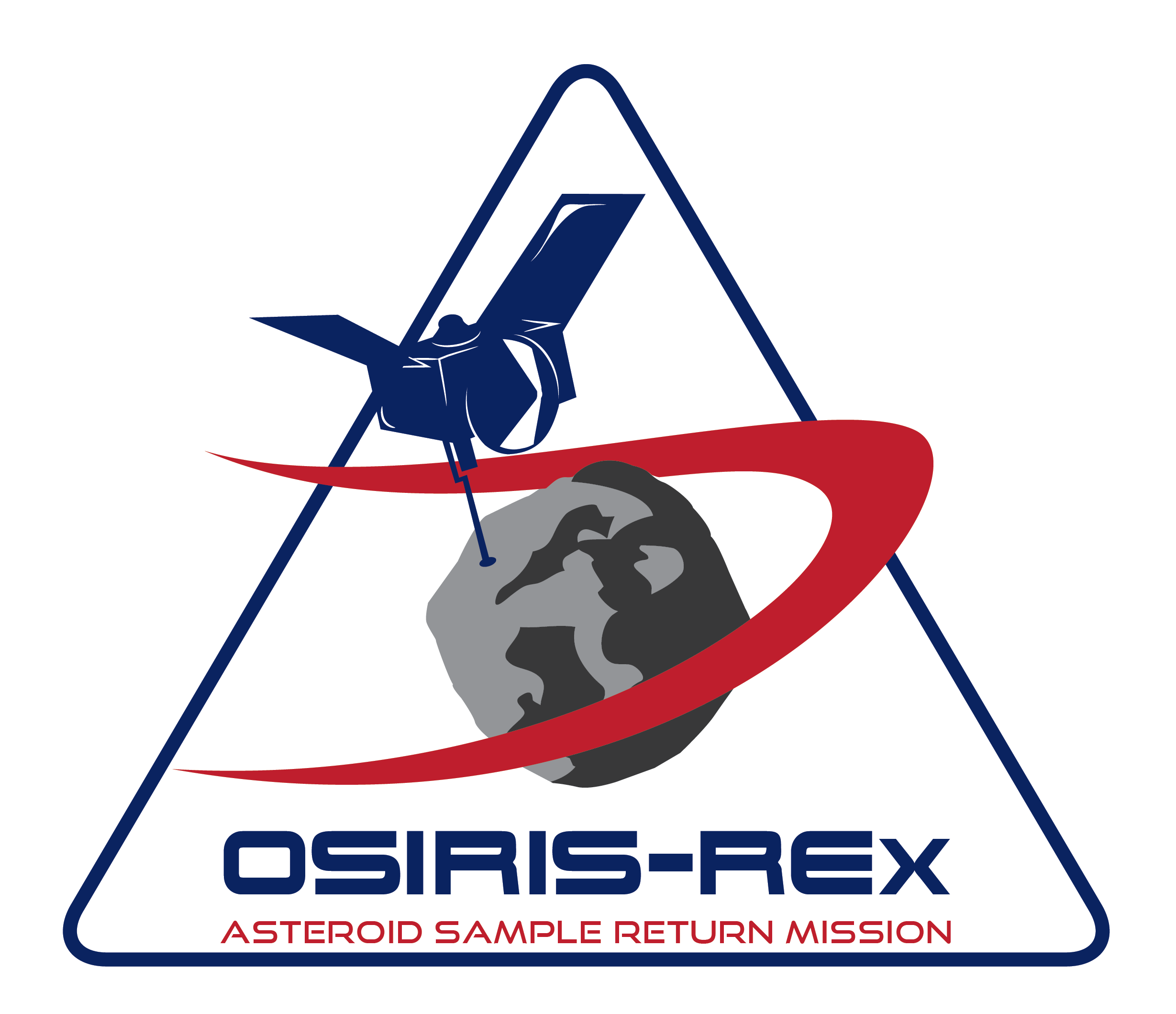
OSIRIS-REx Visible and Infrared Spectrometer (OVIRS)
In addition to providing project management for the OSIRIS-REx mission, Goddard Space Flight Center will build one of the spacecraft's principal instruments, the Visible and Infrared Spectrometer (OVIRS).
Key Staff
- Data Processing Team Member: Allen Lunsford
- Data Processing Team Member: Nicolas Gorius
- Co Investigator: David Rowlands
- Instrument Scientist: Dennis Reuter
- Instrument Scientist: Amy Simon
- Instrument Scientist: Allen Lunsford
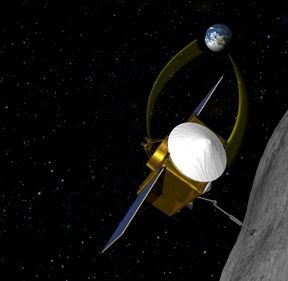
Thermal Infrared Sensor (TIRS)
Launched in February 2013, the Landsat-8 carries on-board the Thermal Infrared Sensor (TIRS), a two-band thermal pushbroom imager that measures land surface temperature in two thermal bands with a new technology that applies quantum physics to detect heat.
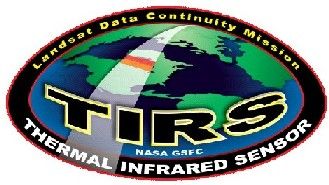
Thermal Infrared Sensor 2 (TIRS-2)
Landsat 9’s Thermal Infrared Sensor 2 (TIRS-2) will measure land surface temperature in two thermal infrared bands using the same technology that was used for TIRS on Landsat 8, which uses principles of quantum physics to measure emissions of infrared energy. TIRS-2 will be an improved version of Landsat 8's TIRS, both with regards to instrument class and stray light reduction (see below). However, both the design and specs for TIRS-2 will remain closely aligned with that of TIRS. The TIRS-2 instrument will be a two-band thermal imaging sensor that will provide imagery consistent with Landsat 8 thermal spectral, spatial, radiometric and geometric qualities to enable consistent retrieval of surface temperature. TIRS-2 will provide two spectral bands with a maximum ground sampling distance, both in-track and cross track, of 100 m (328 ft) for both bands. TIRS-2 provides an internal blackbody calibration source as well as space view capabilities.
Key Staff
- Instrument Scientist: Dennis Reuter
- Deputy Instrument Scientist: Joel McCorkel
- Deputy Instrument Scientist: Amy Simon
